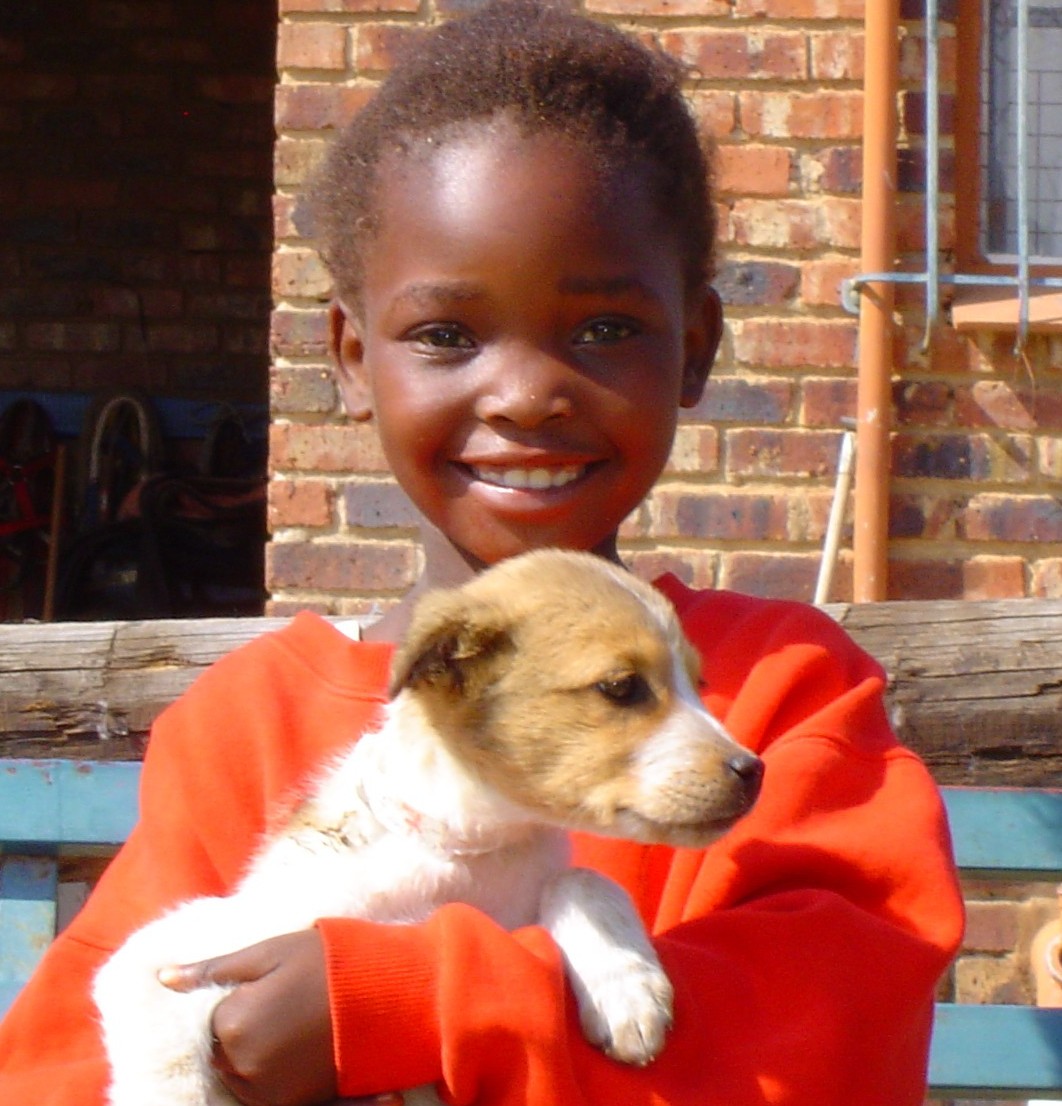Domestic animal health services delivered by SAID AHT mobile units in Diepsloot helped strengthen South African Veterinary Services to deliver effective control, governance, animal health, public safety for people in the district.
There has been a significant change in attitude of dog and cat owners – they proactively seek vaccinations and are willing to pay a responsibility donation for it.
Significantly Improved collaboration between The Society’s veterinary services and local animal welfare organisations.
The Society for Animals in Distress programmes have demonstrated that strategically targeted animal health, social interventions and partner funding can make a big impact.
The programme is part of a continuing process at promoting best practices, transparency, and capacity of Veterinary Services to address animal health and welfare and public health problems.
The important role that domestic animals play in almost all human communities, whether as working animals or companions, cannot be denied.
Dogs also present risks to human communities and suffer welfare problems themselves, and so efforts to manage their populations to reduce risks and maintain good welfare will always be needed.

